Show, Don’t Tell: What to Show and What to Tell
Editor Linda Clare continues our examination of Fatal Flaw: # 6 Show, Don’t Tell. Writers often succumb to this fatal flaw of fiction writing, explaining and telling and summarizing instead of showing action as it’s happening. (If you missed the first post, be sure to read it here.)
In a fictional story, readers imagine that the characters have real lives, just as they themselves do. But the writer who tries to act out a character’s every moment will find readers snoozing sooner rather than later. We’re often told to “show, don’t tell.” So when is showing actually the less effective choice?
The Usual Routine
Most of the time, a character’s routine is not crucial to the story. Habits such as hearing the alarm clock, shuffling into the kitchen for that first hot mug of coffee or tea, getting dressed, or other mundane activities may be commonplace for all of us but rarely make for exciting prose. Readers will assume your character isn’t running around naked or heading to work without brushing her teeth—unless being unclothed or unbrushed is important to the story.
By important, I mean that readers won’t understand the story or will be missing important information if any of these routines is not acted out. Most of the time, you can omit entirely any reference to the things we all do every day—from gargling to gassing up the SUV. If you must mention an action and it’s NOT crucial, a simple summary will suffice (for example: she brushed her teeth.)
Remember, you are managing your reader. Whatever you dramatize will appear most important to your reader. If it’s unimportant or assumed, use a quick summary—or better yet, leave it out.
Step by Step
As you manage readers, you’ll be making decisions on not only which parts of the story you’ll dramatize (that is, detail in scenes) but how you’ll dramatize those parts.
I once had a writing student who wrote a scene about a man taking some girls to a Bob’s Big Boy restaurant. Unfortunately, the scene was written in a blow-by-blow manner, as if we were actually living it. The waitress appeared to take their orders. Each of the three characters gave their individual orders, which the waitress dutifully wrote down. Then when the food arrived, readers suffered through each bite of the burgers, fries, and shakes. By the end of the scene, nothing much had happened (relevant to the story), but readers must surely have been starving and wanted to run for the nearest burger joint!
To grasp this concept, think about a good movie you’ve seen. Chances are, every moment was not acted out. Scenes in films and television often “cut away” to eliminate the mundane, the boring, or the nonrelevant. As the late writing teacher and author Gary Provost taught, writers don’t have to account for every moment in a story. If nothing happens, skip to the next important event .
Driving to the Story
Many first novels begin with a character traveling from one spot to another. This is usually not recommended. The character is usually alone or thinking about what she is plans to do; the writer usually inserts backstory; and the character rides, floats, or drives instead of being a part of solid action that plays out the story. In many novel drafts, these “driving to the story” episodes can be safely eliminated, and the spot where the action begins can move up to the opening.
If you’ve written a novel opening in which your character is riding or driving to a new place and sits staring out a window, take a look at your next two chapters. Where does your character actually begin to interact with the new environment? This is often the better place to begin your novel.
Here is a fabricated Before passage of my historical novel From Where the Sun Now Stands to show you how writing about the mundane, writing too many blow-by-blow details, and driving to the story hobbles the reader and makes my job as a manager much more difficult.
BEFORE:
I was slow getting out of bed that April morning. I brushed my hair and poured water from the ewer into the basin. I splashed my face and wondered what the heathens would be like. I knew so little about the Nez Perce tribe and even less about the Idaho Territory. I pulled on my rose-madder colored skirt and buttoned the bodice—those pearl buttons were as tiny as hen’s teeth. Would Sue or Kate MacBeth even approve of my wardrobe?
I tried to be grateful for the coffee the riverboat’s first mate offered. “Thanks,” I said, curling my fingers around the tin mug. The sky’s constant drizzle made for plenty of mud. I sipped the strong brew and asked a bearded deckhand. “How long until we reach the mission?”
He scratched his chin whiskers. “I reckon, miss, it’s a three-hour trip at best. You might want to get some grub from the mess.”
“What’s on the menu?”
“Biscuits and gravy, I hear.”
I took a last sip of the coffee, careful not to swallow the grounds. “I suppose I should eat something.” I groaned, thinking of the lengthy boat ride. My back was already sore from the rough cot in the stateroom. But why was I in a rush to meet the two sisters from Ohio? I’d heard that at least one of them—the older, if I remembered correctly—was whip smart and most definitely in charge. But I’d also heard Sue McBeth was a humorless old maid, unlike her more jovial sister Kate. How two spinsters were able to tame the wild Indians was beyond me.
The deckhand grinned. “Just follow yer nose to the galley.”
I shivered. Last night’s gravy had been cold and lumpy. I only hoped this morning’s breakfast was still hot. And here’s the actual passage from the novel . . .
AFTER:
The heathens, as I called them then, pressed around the wagon that April day, their curious black eyes shiny despite the drizzle. Dogs and Indian children trotted beside many of the adults. The Nez Perce Indians did not frighten me in the least, but I doubt I could have climbed down without stepping on someone. I didn’t have a chance to attempt it, for right then a petite, severe-looking woman dressed in black took charge.
The woman, who walked with a limp, waved her arms about, shooing the group away from where I sat in the wagon. “Stand back, all of you,” she commanded, and most of the men and women obeyed, shrinking back like a gaggle of geese. One man, his black braids topped with a tall three-feathered hat, stood his ground, flanked by a large yellow dog. The woman’s frown softened. “Desmond, see to it that Miss Clark’s belongings are taken to her quarters.”
Note that in the After version, the travel is eliminated, and the routine and the step-by-step of getting dressed are never mentioned. We get right into the story, and the character actually meets the other characters instead of hearing about them or planning to meet them.
Your turn:
If you have written a scene in which your character is traveling to a new destination, what was your rationale in including the trip itself? Which bits of setup and information might you take out if you instead begin with more dynamic, meaningful action? Take a look at a scene where your character does a series of actions. Could any be combined or eliminated? Are any of them part of most people’s routine? If so, what is your reason for including these actions?


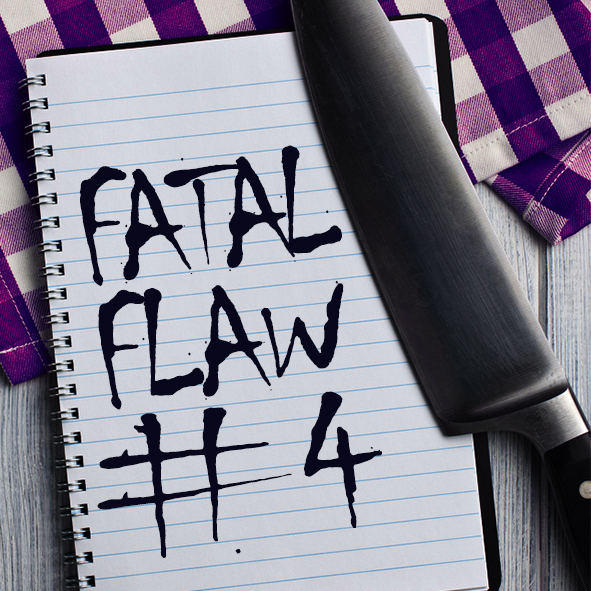
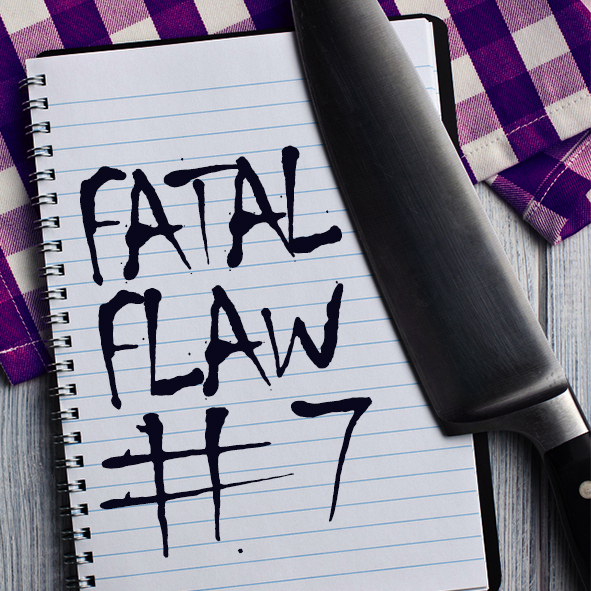
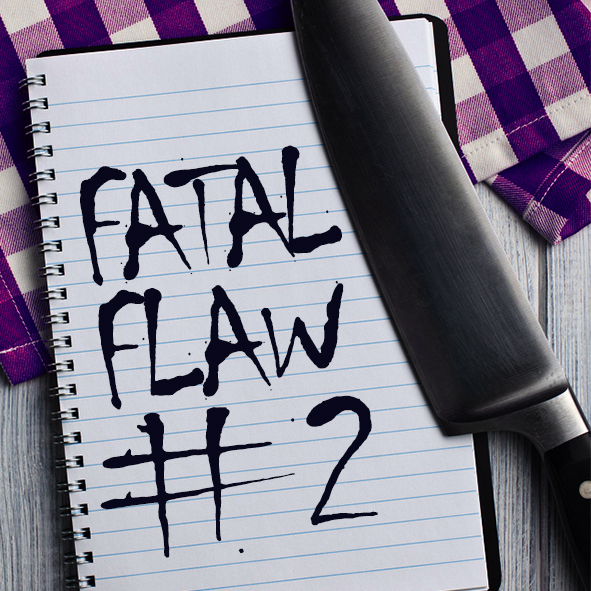
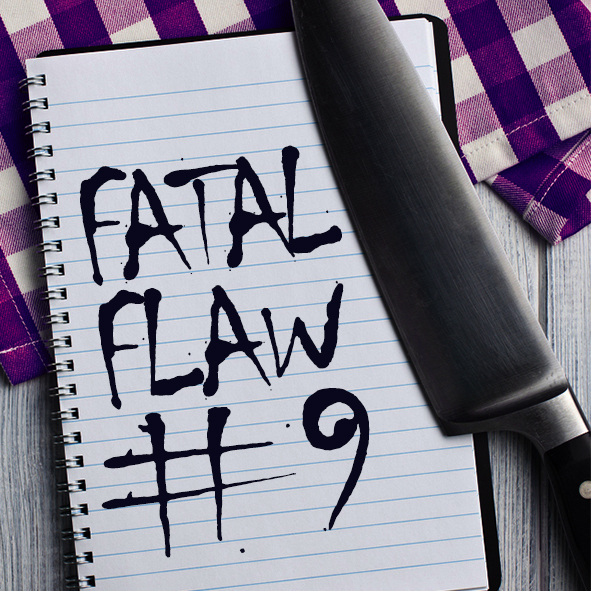
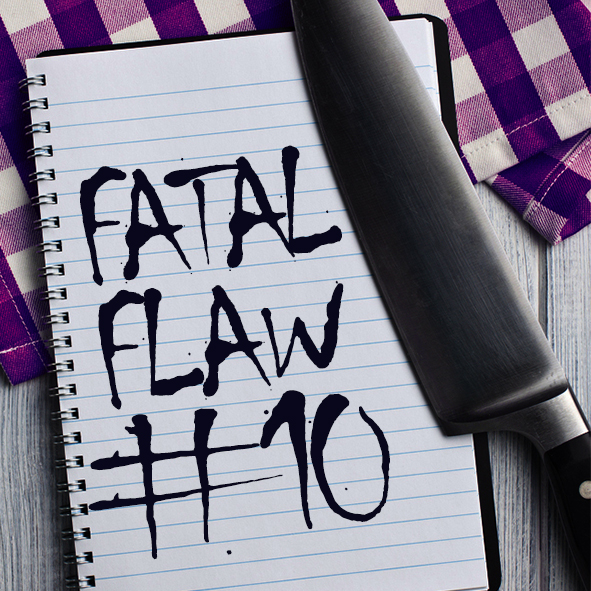




The Before is truly awful; by the middle of the second sentence, I was ready to bail—or slap somebody.
The After is much better, but if this were the first chapter of the story, I’d be wondering how this character wound up where she was. To me, it needed more introduction. This could be very simple and minimal, such as: “After four days riding a wagon from ______ to the Nez Perce lands, I didn’t think I’d ever want to see one again.” The reader can fill in the rest, but they know they *were* somewhere else before they were *here.* The way it is now, there’s no transition from the reader’s comfortable chair into the scene; they just suddenly appear there without warning. So, I find it a little disorienting.
Other than that, it’s great. I especially like how the character is introduced by name (very important)—smooth as butter.
Curtis,
I’m pretty sure you’re disoriented because this is not the opening. In the actual novel, there IS a bit more set-up but it occurs just before Sue MacBeth walks into the scene. You make a very important point, however. If you take the in media res (starting in the middle of action) to heart, it’s vital that the reader know where, when and who he/she is. Otherwise, the effect is, well, disorienting. I apologize for such a weak example–it’s often more difficult for me to write the “mistakes” and fit them to a better passage. Thanks for your observant comment!
Keep Writing,
Linda
I agree with Curtis – first was so awful I’d have tossed the book aside, but I like the intro to her having traveled. And if the short woman is either of the two sisters, or especially the unpleasant one, a less than pleasant sounding welcome from her might set the tone for the relationship going forward. I did like the description in the second very much – and could easily picture it in my head – partly because of the colorful way it was done and partly because I remember a similar greeting when I finally arrived in my village for the first time when I joined the Peace Corps.
Skye,
As I told Curtis, I’m not very good (or maybe I’m too good!) at doing the “mistake” passage. The protagonist begins a very tense relationship with bossy Sue MacBeth, but they each grow and change. I’m glad the Nez Perce’s greeting rang true for you.
Keep Writing!
Linda
This was somewhat distressing as my publisher is now reviewing a revision of my novel (not my first), which begins with one of the characters in the car. It’s a very short scene and it’s very immediate. It also (I hope) raises a lot of questions that the reader wants answered. But after reading this post, I’m thinking about cutting out the first paragraph. Thanks!
Audrey,
All of us must remember that these “rules” can sometimes be broken or bent. My feeling is, if it works, the rules don’t apply. As you evaluate whether to jettison the car scene or not, can you think of other ways the same questions could be raised but in a more dynamic way? The problem with driving to the story is the limitations it puts upon the character in terms of action. If you can get readers to ask questions AND be engaged with the action, it makes for a stronger bond between reader and character. Just my opinion. Good luck and keep writing!
Linda
I can see why the After is technically better than the Before, and will bear it in mind when editing my 2014 Nano novel. However, I have to admit that I rather enjoyed reading all the details given in the Before! But then I do like Alan Bennett’s style of including minutiae. Still, I expect that reading a whole novel written in that way might become a bit difficult to plough through. 🙂
I liked the Before, too. I thought it did a good job of evoking time and place and what life was like for people then.
Very useful. I’ve just finished writing a paragraph which includes a journey. In it I have referred to the area in question – Auckland NZ, set 300 years in the future after much seismic activity so that rather than an isthmus it is now a series of islands. I took care that the protagonist is only describing something she knew about from this time and I made sure there was not some kind of history lesson in the paragraph.
Sue,
Sounds like you’re working hard. Thanks for your comment and please keep writing!
Linda
Linda,
I could have provided an excellent example of a mistake for you. All one or two thousand words of it! Yikes!
That mistake was the original opening chapter of a novel I’m still working on (periodically). After reading your post, I think I might still be in traveling mode with the story. When I get back to it, I’ll have to take a look at that.
It’s a difficult and delicate balance between too much and too little when it comes to introducing readers to the story. Thanks for your examples and your advice.
Best wishes,
Carrie
Linda,
One area of SHOWing that bothers many writers is the presentation of information that comes from the past as a character briefs others.
I worked on a crime thriller where a murder occurred on a submarine that might have to go into action. The naval investigator had knowledge of an autopsy report that he had to explain to the Captain and XO. The writer used telling to do that.
I suggested the author could use a variation of SHOW to bring the reader into the scene. Imagine the investigator bringing a flash drive and pointing the autopsy details on a computer where the officers looked at visual images of the autopsy. The reader then becomes drawn into the scene of the autopsy almost as thought it was happening in the present.
In a similar vein, the author chose to use TELL to inform readers about the weaponry of the enemy sub. But I pointed out that a wardroom presentation about the enemy could be shown by the Captain clicking a visual of the enemy sub as it moved through the sea. Personnel in the wardroom would see the details the author wanted. Meanwhile, the effort has changed the telling into showing. Readers become brought into the screen of the visual.
Let me know what you think,
Tom Pope
Fiction Coach/Writing Teacher
A lot of writers – especially new writers – are so concerned about showing rather than telling that sometimes they really hurt themsleves.
I think, as everything in storytelling, this is something that has to be ponder and decided upone. There is nothing that ‘absolutely cannot be done’
Hi Linda,
This is my first time to this site and your After (and Curtis’s comment) saved my opening paragraph. I squared my character in the middle of the action, but hadn’t oriented the reader to his whereabouts. Thanks. I look forward to reading more here.
Hi, Thanks for the advice. I really like the revision on the second paragraph and I was aware that it was just an example and not the beginning. I think my own rule is not to show the mundane stuff unless it’s relevant to the story. I tend to point it out in movies and tv shows and my wife says “hush!” But it’s pretty obvious to me now that when a point is made to stress something like that it is usually only because it will come up later and often can point you in the direction of the “culprit” or solve some other mystery. Either that or it’s just a really badly written story!
This is my first time reading your site. I look forward to perusing the rest of it and coming back.
Sincerely,
David Dockery “Dave”
Glad to have you here! Join in anytime. We appreciate your comments and hope all the instructional material on the blog helps your writing.